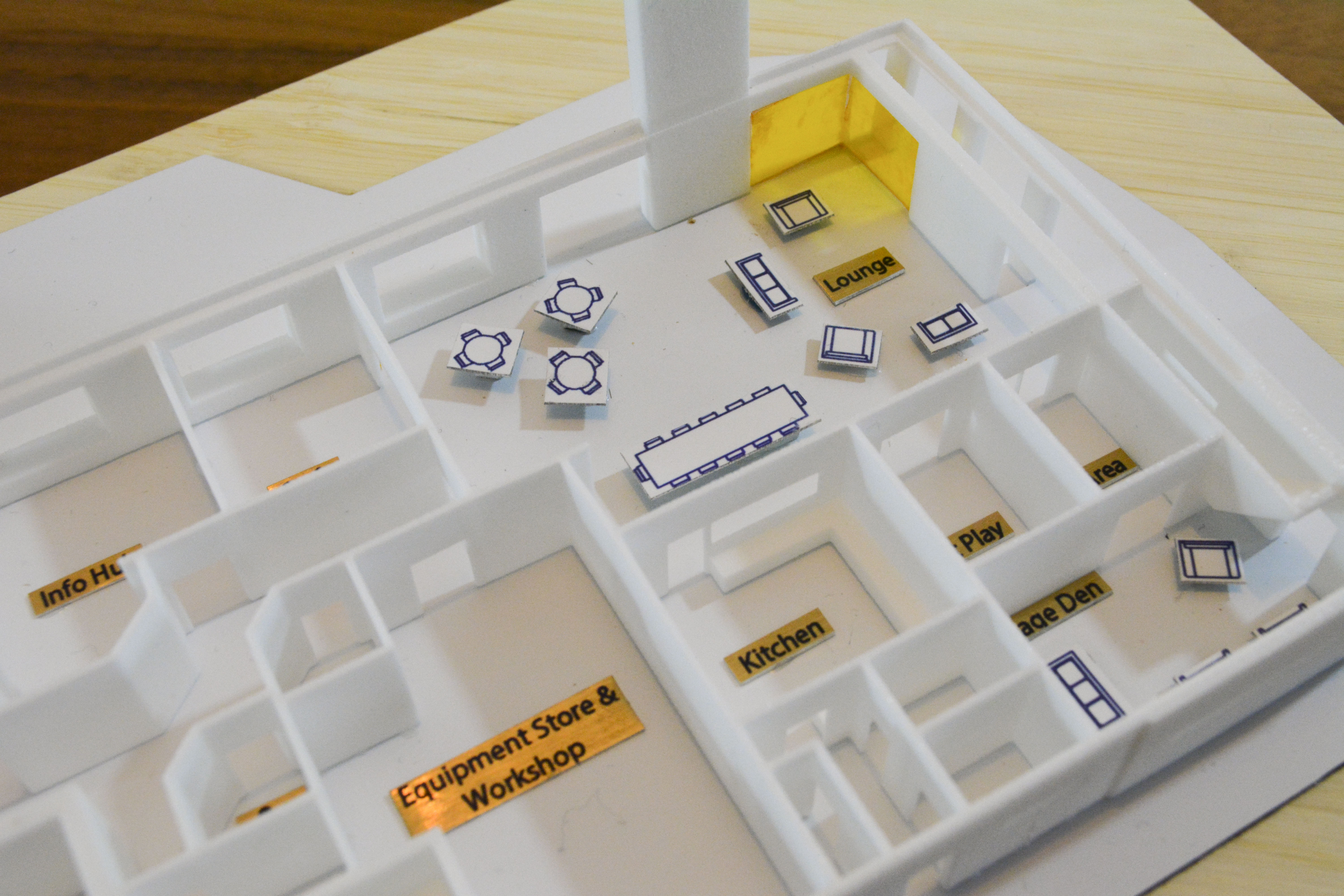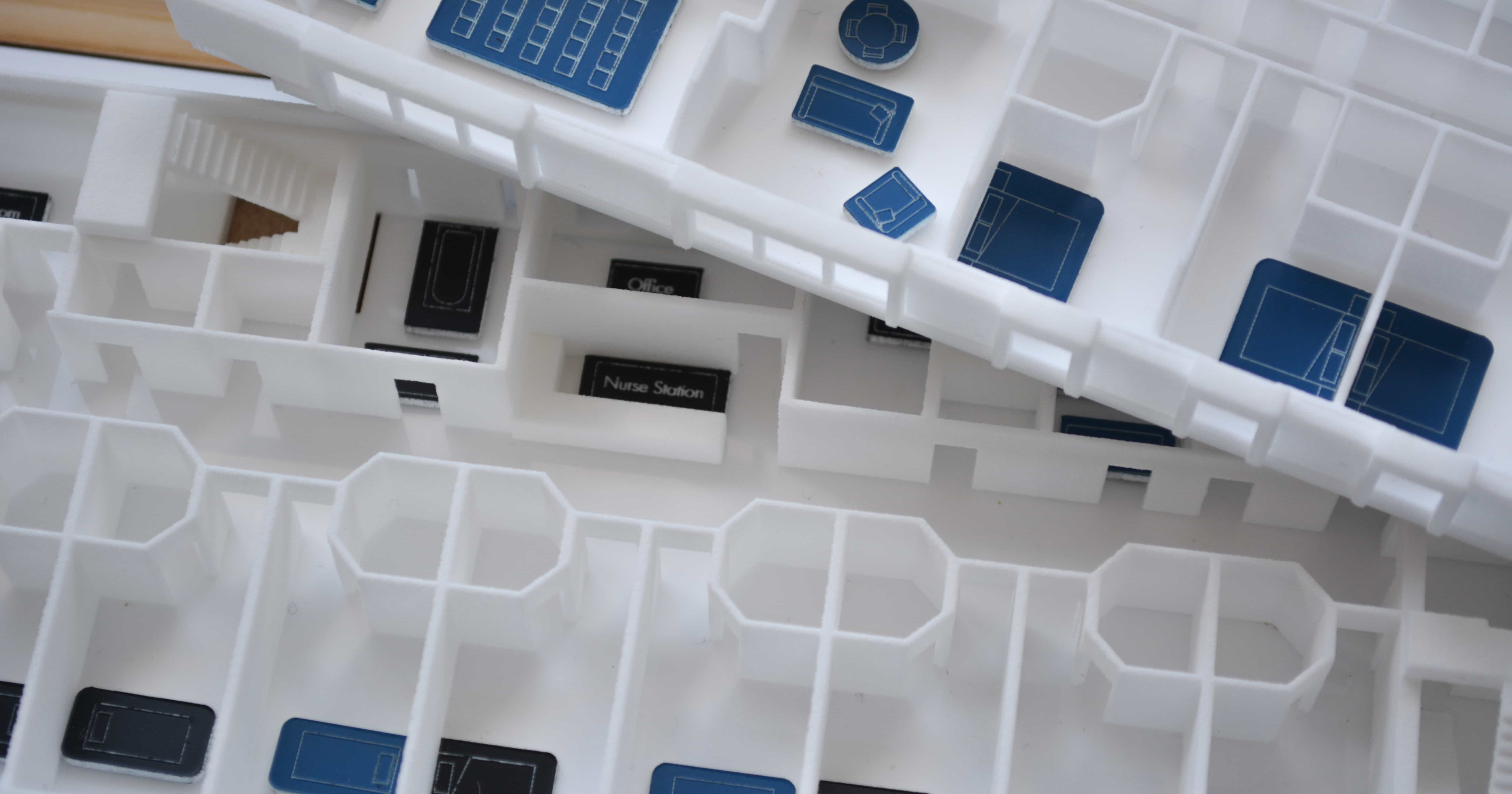The Big Build Appeal

The Big Build Appeal We are delighted to support local charity, Charlie House with a scale model of the specialist children’s care centre they are raising funds to build in Aberdeen. Since we first started supporting Charlie House in 2017,…



